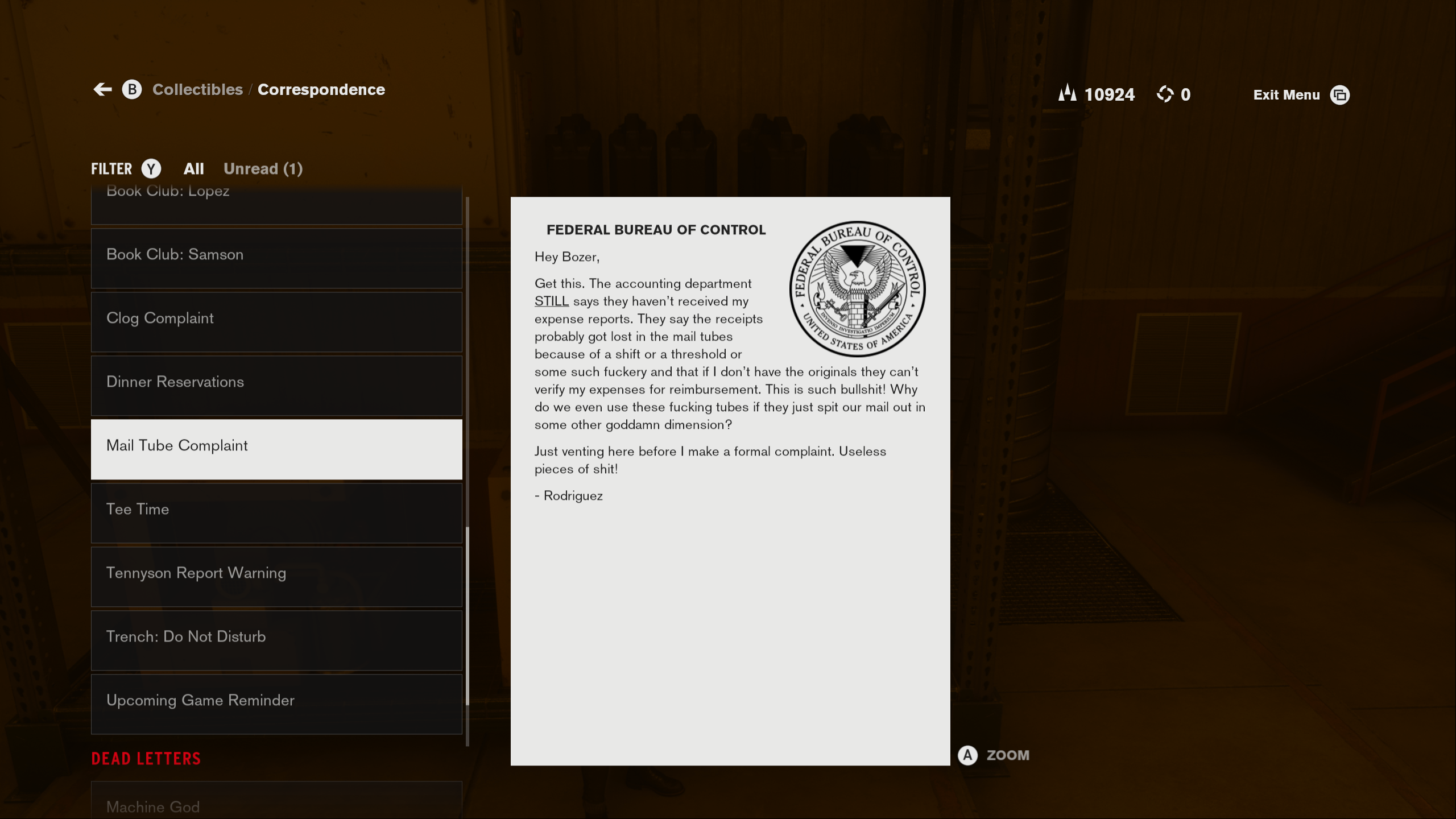Return of the mind-numbing note-taking
Given my inexhaustible disdain for the simulated data-entry tedium of Papers, Please, I was relieved to see Return of the Obra Dinn de-emphasizing those pointless-feeling points and clicks in favor of a mystery, and an overt objective to collect clues and solve that mystery.
Three hours later... who the hell are these 51 dead sailors? Or, more to the point -- why are my automatic notebook and magic moment-of-death-vision pocketwatch so awful at helping me solve this?
The confounding user interface - like Inside, allergic to the idea of explaining itself - would be bad enough. But what I didn't realize about Obra Dinn's hint-collection system, until after collecting them all, was how unhelpful it is correlating post-facto notes with the relevant moment-of-death context.
To put it another way: as you discover death events around the Obra Dinn, recognizing the parties in that event almost always requires more knowledge than you have; and then later, once you've collected more knowledge, it's unreasonably inconvenient to go find and re-observe those events to recover their full context.
(What I wouldn't give for Her Story-style video clip searches, instead of this go-find-a-corpse-on-a-ship nonsense.)
Ultimately, most of Obra Dinn's dot-connections are only possible if you're taking your own meticulous notes while the magic pocketwatch is revealing clues. Because the best the in-game notebook will do is list the locations of dead bodies that you can walk to and then re-watch a correlated event.
Why even have an in-game notebook with such incomplete notes?
Better than: Papers, Please cause I at least got to watch an interesting story play out.
Not as good as: Gone Home
Comparable to: Kentucky Route Zero, because its intriguing premise was ultimately un-parseable and unsatisfying.
Progress: Ended the investigation with 6 of 51 fates solved.


